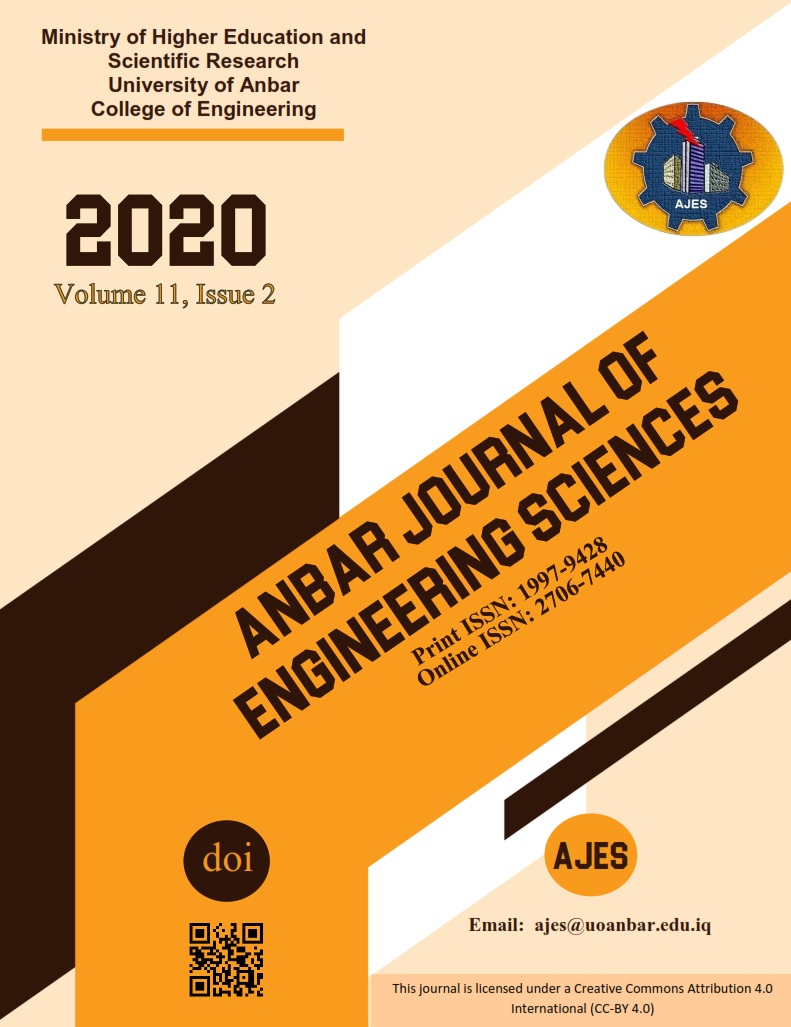Abstract
The quality of the built environment could highly impact our state of wellbeing, by affecting our stress and exposure within the building environment. Scientific studies linked stress to depression, diabetes, obesity, and cardiac disease. Hospitals considered as stressful places due to their inconvenient experiences. The theory of Salutogenic design aims to reduce stress through the implementation of an interdisciplinary design study to enhance the sense of coherence ( SOC) for any individual to be able to adapt himself to the overall life challenges. Salutogenic defines several factors which can affect an individual’s state of well-being in any space. This research limited on two of these design factors (daylight, colour) within three selected hospital through a critical methodology using a sample questionnaire of 15 questions headed to 90 from all three hospitals. the second part of the methodology using a Light-meter device for calculating the amount of Lux in actual hospital conditions, the third part of research methodology is a simulation program (Ecotect) to have an adequate daylight calculation in the wards of all three hospitals as well as the lighting distribution with (daylight factor) to evaluate the efficiency of wards in Erbil city. The last part of the study is by a field investigation by the researcher for the implementation of Salutogenic Colours. through a critical methodology approach.The research results shows that wards of three hospitals has a poor natural daylight to penetrate the building, and hospitals depends mainly on artificial light which causes uncomfortability and inconsitnecy in treatment process. Patients prefrences are twords new colours such as turquoise, palepink, and blue rather than the tradtional colours used in Erbil governmental hospitals. using light meter as assessment tool to compare between the Ecotec Lux measurement and the actual condition of lighting in hospital. The evaluation of three Wards within hospitals shows clearly the un sufficiency of natural lighting which leads to needing of artificial daylight. And might delay the process of recovery. Ecotect calculates the most suitable design condition in any city and finds other suitable orientations for buildings.
